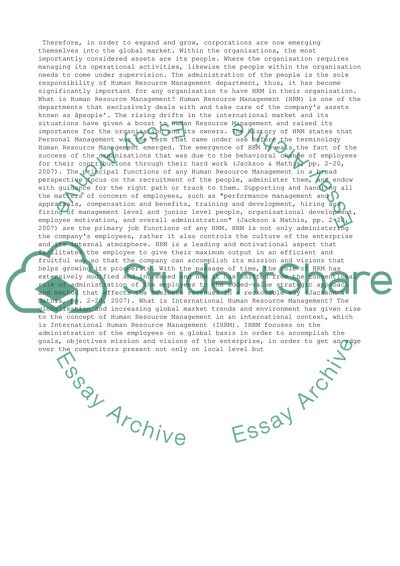Cite this document
(“International HRM Essay Example | Topics and Well Written Essays - 3000 words - 1”, n.d.)
Retrieved from https://studentshare.org/management/1424315-take-a-country-of-your-choice-and-consider-how-the
Retrieved from https://studentshare.org/management/1424315-take-a-country-of-your-choice-and-consider-how-the
(International HRM Essay Example | Topics and Well Written Essays - 3000 Words - 1)
https://studentshare.org/management/1424315-take-a-country-of-your-choice-and-consider-how-the.
https://studentshare.org/management/1424315-take-a-country-of-your-choice-and-consider-how-the.
“International HRM Essay Example | Topics and Well Written Essays - 3000 Words - 1”, n.d. https://studentshare.org/management/1424315-take-a-country-of-your-choice-and-consider-how-the.


